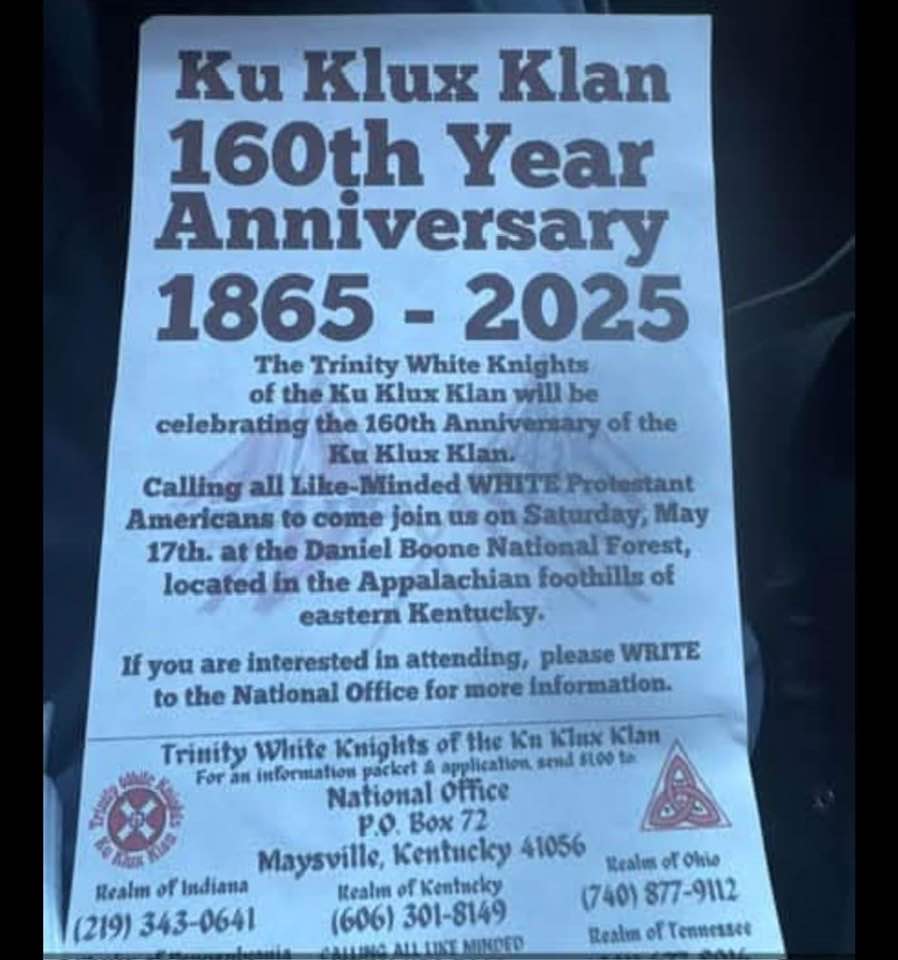Blog
William Correa (February 28, 1934 – September 15, 1983), better known by his stage name Willie Bobo, was an American Latin jazzpercussionist of Puerto Rican descent. Bobo rejected the stereotypical expectations of Latino music and was noted for his versatility as an authentic Latin percussionist as well as a jazz drummer easily moving stylistically from jazz, Latin and rhythm and blues music. After a period of ill health, Bobo died at the age of 49, succumbing to cancer.
more...Bulerías is one of flamenco’s most flexible forms: constantly changing, spontaneous, humorous, equally at home on a concert stage or at a private juerga. It’s the Rock’n Roll of flamenco – fast, rhythmic party music laced with social commentary that mocks the rich as it entertains them.
Cantes por bulerías began with Jerezano singer Loco Mateo (c. 1832-1890), who would conclude his specialty, the soleares, with a remate(ending) por bulerías. Bulerías is closely associated with the City of Jerez de la Frontera, specifically Barrio San Miguel, the home of many of flamenco’s most influential artists, including Loco Mateo, Agujetas, and Don Antonio Chacón.
more...
“A good laugh overcomes more difficulties and dissipates more dark clouds than any other one thing.” —Laura Ingalls Wilder

Chuck Wayne (February 27, 1923 – July 29, 1997 NY) was an American jazz guitarist. He came to prominence in the 1940s, and was among the earliest jazz guitarists to play in the bebop style. Wayne was a member of Woody Herman‘s First Herd, the first guitarist in the George Shearingquintet, and Tony Bennett‘s music director and accompanist. He developed a systematic method for playing jazz guitar.
more...Framed in this single, starry, telescopic field of view are two open star clusters, M35 and NGC 2158. Located within the boundaries of the constellation Gemini, they do appear to be side by side. Its stars concentrated toward the upper right, M35 is relatively nearby, though. M35 (also cataloged as NGC 2168) is a mere 2800 light-years distant, with 400 or so stars spread out over a volume about 30 light-years across. Bright blue stars frequently distinguish younger open clusters like M35, whose age is estimated at 150 million years. At lower left, NGC 2158 is about four times more distant than M35 and much more compact, shining with the more yellowish light of a population of stars over 10 times older. In general, open star clusters are found along the plane of our Milky Way Galaxy. Loosely gravitationally bound, their member stars tend to be dispersed over billions of years as the open star clusters orbit the galactic center.

more...
José Melis Guiu (February 27, 1920 – April 7, 2005) was a Cuban-American bandleader and television personality.
more...Mildred Bailey (born Mildred Rinker; February 27, 1907 – December 12, 1951 Tekoa, WA) was a Native American jazz singer during the 1930s, known as “The Queen of Swing”, “The Rockin’ Chair Lady”, and “Mrs. Swing”.
She recorded the songs “For Sentimental Reasons“, “It’s So Peaceful in the Country”, “Doin’ The Uptown Lowdown”, “Trust in Me“, “Where Are You?“, “I Let a Song Go Out of My Heart“, “Small Fry“, “Please Be Kind“, “Darn That Dream“, “Rockin’ Chair“, “Blame It on My Last Affair”, and “Says My Heart”. She had three records that reached number one on the popular charts.
Bailey grew up on the Coeur d’Alene Reservationin Idaho, where her mother was an enrolled citizen. The family moved to Spokane, Washington, when she was 13. Her younger brothers also became musicians. Her brother, Al Rinker, started to perform as a singer with Bing Crosby in Spokane and became a member of The Rhythm Boys. As adults, Charles Rinker was a lyricist, and Miles Rinker was a clarinet and saxophone player who later became a booking agent.
more...Dexter Gordon (February 27, 1923 – April 25, 1990) was an American jazz tenor saxophonist, composer, and bandleader. He was among the most influential early bebop musicians. Gordon’s height was 6 feet 6 inches (198 cm), so he was also known as “Long Tall Dexter” and “Sophisticated Giant”. His studio and performance career spanned more than 40 years.
Gordon’s sound was commonly characterized as being “large” and spacious and he had a tendency to play behind the beat. He inserted musical quotes into his solos, with sources as diverse as “Happy Birthday” and well-known melodies from the operas of Wagner. Quoting from various musical sources is not unusual in jazz improvisation, but Gordon did it frequently enough to make it a hallmark of his style. One of his major influences was Lester Young. Gordon, in turn, was an early influence on John Coltrane and Sonny Rollins. Rollins and Coltrane then influenced Gordon’s playing as he explored hard bop and modal playing during the 1960s.
Gordon had a genial and humorous stage presence. He was an advocate of playing to communicate with the audience, which was his musical approach as well. One of his idiosyncratic rituals was to recite lyrics from each ballad before playing it.
A photograph by Herman Leonard of Gordon taking a smoke break at the Royal Roost in 1948 is one of the iconic images in jazz photography. Cigarettes were a recurring theme on covers of Gordon’s albums.
Gordon was nominated for an Academy Award for Best Actor in a Leading Role for his performance in the Bertrand Tavernier film Round Midnight (Warner Bros, 1986), and he won a Grammy for Best Jazz Instrumental Performance, Soloist, for the soundtrack album The Other Side of Round Midnight (Blue Note Records, 1986). He also had a cameo role in the 1990 film Awakenings. In 2018, Gordon’s album Go (Blue Note, 1962) was selected by the Library of Congress for preservation in the National Recording Registry for being “culturally, historically, or aesthetically significant”.
more...“Music is sacred. It is an integral part of the Way of Life of many traditional cultures throughout the world; it is the invocation of vital energies that ensure a community’s survival. Music helps maintain harmony in and with both the visible and invisible world.”Sule Greg Wilson

William Sherille Levise Jr. (born February 26, 1945 Hamtranck, MI), known professionally as Mitch Ryder, is an American rock singer who has recorded more than 25 albums over more than four decades.
more...If you look very closely at the center of the featured galaxy NGC 6505, a ring becomes evident. It is the gravity of NGC 6505, the nearby (z = 0.042) elliptical galaxy that you can easily see, that is magnifying and distorting the image of a distant galaxy into a complete circle. To create a complete Einstein ring there must be perfect alignment of the nearby galaxy’s center and part of the background galaxy. Analysis of this ring and the multiple images of the background galaxy help to determine the mass and fraction of dark matter in NGC 6505’s center, as well as uncover previously unseen details in the distorted galaxy. The featured image was captured by ESA‘s Earth-orbiting Euclid telescope in 2023 and released earlier this month. 590mly

Arsène Souffriau was born on 26 February 1926 in Ixelles, Belgium. He was a composer, known for La mort trouble (1970), Déjà s’envole la fleur maigre (1960) and L’amoureuse (1972). He died on 25 July 2012 in Belgium.
more...More Posts
- Earl Hines
- World Music with Synnøve Brøndbo Plassen
- Daily Roots with Black Slate
- Cosmos UGC 9391
- Tracy Nelson
- T. S. Monk
- Johnny Frigo
- Dardanelle
- World Music with IIaria Graziano
- Daily Roots with Beres Hammond and Wickerman
- Cosmos James Webb Space Telescope
- John Scofield
- George Winston
- Doug Hammond
- János Kőrössy
- Money Budwig
- World Music with Inácio Judepina
- Daily Roots with Dawn & Christine
- Merry Christmas 2021
- Cosmos C/2021A



